While first-party data (data you collect directly from leads or customers) is important in every sales campaign, it’s often not enough to help you stand out, promote your unique value, and win over customers.
This is why first-party data enrichment is crucial—it helps you get extra info on your audience to understand their preferences and behaviors, personalize outreach, and boost revenue.
To help you understand the role of first-party data enrichment in sales, our experienced team has put together this detailed guide. We’ll:
- ✅ Define first-party data enrichment and its benefits
- 🔍 Discuss first-party data enrichment methods
- ⚙️ Review a tool that automates first-party data enrichment
What Is First-Party Data Enrichment?

First-party data enrichment involves enhancing the existing records of first-party data with extra info. The goal is to build a comprehensive database that will serve as the basis for your sales and marketing initiatives.
Through various points of contact, you can collect all kinds of data directly from your leads or customers. This includes:
- Explicit data—Information that you gather from forms, surveys, or customer feedback
- Implicit data—Insights from interactions with your website and purchasing behavior
The key benefit of this data is reliability—as you get it first-hand, you can be 100% sure of its accuracy. While this type of data is undeniably useful, it’s only one piece of the sales campaign puzzle. You need more information to create a complete picture of the customer and use it to power high-performing, personalized campaigns. 🧩
Here’s a simple example—your lead has provided their name and email address through a form. This doesn’t give you enough fuel for personalized outreach, so you rely on first-party data enrichment to pull more lead information, like their job title, education, or experience. The more info you have, the easier it is to understand your lead and figure out how to approach them. 💬
💡Bonus read: If you want to discover more about the data enrichment process, check out our in-depth guides on its use cases and most common techniques. 💪
Benefits of First-Party Data Enrichment
Here are a few advantages of first-party data enrichment:
How To Enrich First-Party Data
You can use several methods to enrich your first-party data records, but not all of them are a good option. We’ll discuss the most popular ways and their advantages and drawbacks to help you decide which path to take.
Ask Your Customers for More Info
You can create surveys and forms to collect extra information directly from your potential and existing customers and enhance the info you have with more first-party data. The upside is that you’ll be able to access reliable data, but there are potential drawbacks to consider:
- People may forget to fill out your forms, so your efforts could be in vain ❌
- Creating forms can be time-consuming, especially if you want to personalize them to get the right info ⌛
Collect Info Manually
Another option to enrich existing first-party data is to manually browse social media, company websites, and business or review platforms to get additional information and build comprehensive records. 🗃️
In this case, you don’t use any tools or platforms that retrieve the info for you, so you don’t pay subscriptions or registrations, which is a plus. Still, there are potential downsides:
- Manual enrichment at scale is next to impossible, as you’ll have to spend a lot of time finding additional info on each person or company
- This method can be resource-intensive, as you’d need to hire more team members who would do the research
- There’s a higher risk of mistakes with this approach, as enrichment tasks can be monotonous and lead to fatigue
Rely on Enrichment Tools
Enrichment tools open the door to vast amounts of data from various sources, like public databases and websites or social media platforms, and allow you to easily extract it. Using these tools is the best method for enhancing your first-party data because they automate the entire process and give you access to dozens of useful data points. ✔️
In this case, you use the existing first-party data as the basis and enrich it with third-party data (data from external sources). This is the winning combination—by mixing first-party and third-party data, you’ll:
- ✅ Build a comprehensive database
- ✅ Optimize resources
- ✅ Improve efficiency
Choosing the Best Enrichment Tools—Factors To Consider

A third-party enrichment tool can give new dimensions to your first-party data—but only if you choose it right. To ensure you make the right choice and enjoy all the benefits of data enrichment, keep the following criteria in mind:
One tool that ticks these boxes and hits the balance between intuitiveness and advanced enrichment options is Clay. The sales automation platform will help you enrich your first-party data with reliable and accurate information with minimal work. 👏
Clay—Your Go-to First-Party Data Enrichment Tool

Clay boasts an enrichment feature set that will help you enhance your first-party data in minutes. ⏰
One of the most valuable options is integrations with 75+ data providers. Many enrichment platforms connect only to one database, limiting data availability and coverage—this isn’t the case with Clay. The tool allows you to access dozens of databases to enrich your first-party data without paying subscriptions or creating separate accounts. 🔄
You can leverage individual integrations if you know what data you’re looking for, but a far better option is to rely on waterfall enrichment. This convenient feature can automatically search multiple data providers to ensure you get the info you need.
While Clay does all the heavy work, you’re still the one controlling it—you choose the desired data point and the providers the platform should search through. You also pay only for successful results, so there’s no money wasted.👌
Another perk you’ll get with Clay is direct CRM enrichment—the platform integrates with major CRM systems like HubSpot and Salesforce, so you can connect to them and enhance your first-party info. 👌
💡 Did you know? Clay can wear many hats. Besides enhancing your first-party info, it can enrich prospects, product data, email addresses, and leads. 🎩
Clay’s AI-Powered Features

Clay keeps up with the latest technology and has several AI options in its arsenal. One of them is Claygent, a ChatGPT-based research agent that can:
- Answer your questions
- Fetch specific data from any corner of the internet
- Summarize findings
- Extract information from documents
- Read and summarize PDFs
This makes Claygent excellent not just for AI enrichment but for other sales-related tasks like data scraping.
Another AI-based option you’ll get with Clay is the email drafter—this handy feature uses your enriched data to write personalized emails to your accounts. Depending on the available info, the drafter can:
- Mention a person’s appearance in a podcast
- Cite research
- Mention an individual’s job title or experience
- Discuss a person’s pain points and suggest how to overcome them
Once the drafter generates emails, you can push them to a preferred email sequencer or CRM. Another option is to download your emails as a CSV file and then upload them to any tool. 📤
Transparent Pricing That Fits Anyone’s Budget
Clay offers credit-based pricing plans—you use credits to purchase the desired data points and actions. The platform has a free forever plan with 100 monthly credits, so you can test the functionalities before subscribing to a paid plan. There are four paid options, and you can choose the number of credits to optimize costs:
Regardless of the plan and number of credits you opt for, you’ll enjoy unlimited users for maximum scalability. 📈
Join Clay Today
Creating a Clay account won’t take more than a few minutes:
- Go to the signup page
- Provide your name, email address, and password
- Start enjoying Clay’s impressive functionalities
Clay offers extensive resources to help you get started, learn every trick in the book, and maximize the platform’s potential—visit Clay University to enjoy detailed step-by-step feature walkthroughs.
To get inspiration and ideas from Clay users, join the Slack community. We also recommend subscribing to the Sales Prospecting Newsletter for updates and tips on creating automated and high-performing sales campaigns. 💌
💡 Keep reading: Want to learn more about data enrichment, its use cases, and the best tools? Enjoy our informative guides:
While first-party data (data you collect directly from leads or customers) is important in every sales campaign, it’s often not enough to help you stand out, promote your unique value, and win over customers.
This is why first-party data enrichment is crucial—it helps you get extra info on your audience to understand their preferences and behaviors, personalize outreach, and boost revenue.
To help you understand the role of first-party data enrichment in sales, our experienced team has put together this detailed guide. We’ll:
- ✅ Define first-party data enrichment and its benefits
- 🔍 Discuss first-party data enrichment methods
- ⚙️ Review a tool that automates first-party data enrichment
What Is First-Party Data Enrichment?

First-party data enrichment involves enhancing the existing records of first-party data with extra info. The goal is to build a comprehensive database that will serve as the basis for your sales and marketing initiatives.
Through various points of contact, you can collect all kinds of data directly from your leads or customers. This includes:
- Explicit data—Information that you gather from forms, surveys, or customer feedback
- Implicit data—Insights from interactions with your website and purchasing behavior
The key benefit of this data is reliability—as you get it first-hand, you can be 100% sure of its accuracy. While this type of data is undeniably useful, it’s only one piece of the sales campaign puzzle. You need more information to create a complete picture of the customer and use it to power high-performing, personalized campaigns. 🧩
Here’s a simple example—your lead has provided their name and email address through a form. This doesn’t give you enough fuel for personalized outreach, so you rely on first-party data enrichment to pull more lead information, like their job title, education, or experience. The more info you have, the easier it is to understand your lead and figure out how to approach them. 💬
💡Bonus read: If you want to discover more about the data enrichment process, check out our in-depth guides on its use cases and most common techniques. 💪
Benefits of First-Party Data Enrichment
Here are a few advantages of first-party data enrichment:
How To Enrich First-Party Data
You can use several methods to enrich your first-party data records, but not all of them are a good option. We’ll discuss the most popular ways and their advantages and drawbacks to help you decide which path to take.
Ask Your Customers for More Info
You can create surveys and forms to collect extra information directly from your potential and existing customers and enhance the info you have with more first-party data. The upside is that you’ll be able to access reliable data, but there are potential drawbacks to consider:
- People may forget to fill out your forms, so your efforts could be in vain ❌
- Creating forms can be time-consuming, especially if you want to personalize them to get the right info ⌛
Collect Info Manually
Another option to enrich existing first-party data is to manually browse social media, company websites, and business or review platforms to get additional information and build comprehensive records. 🗃️
In this case, you don’t use any tools or platforms that retrieve the info for you, so you don’t pay subscriptions or registrations, which is a plus. Still, there are potential downsides:
- Manual enrichment at scale is next to impossible, as you’ll have to spend a lot of time finding additional info on each person or company
- This method can be resource-intensive, as you’d need to hire more team members who would do the research
- There’s a higher risk of mistakes with this approach, as enrichment tasks can be monotonous and lead to fatigue
Rely on Enrichment Tools
Enrichment tools open the door to vast amounts of data from various sources, like public databases and websites or social media platforms, and allow you to easily extract it. Using these tools is the best method for enhancing your first-party data because they automate the entire process and give you access to dozens of useful data points. ✔️
In this case, you use the existing first-party data as the basis and enrich it with third-party data (data from external sources). This is the winning combination—by mixing first-party and third-party data, you’ll:
- ✅ Build a comprehensive database
- ✅ Optimize resources
- ✅ Improve efficiency
Choosing the Best Enrichment Tools—Factors To Consider

A third-party enrichment tool can give new dimensions to your first-party data—but only if you choose it right. To ensure you make the right choice and enjoy all the benefits of data enrichment, keep the following criteria in mind:
One tool that ticks these boxes and hits the balance between intuitiveness and advanced enrichment options is Clay. The sales automation platform will help you enrich your first-party data with reliable and accurate information with minimal work. 👏
Clay—Your Go-to First-Party Data Enrichment Tool

Clay boasts an enrichment feature set that will help you enhance your first-party data in minutes. ⏰
One of the most valuable options is integrations with 75+ data providers. Many enrichment platforms connect only to one database, limiting data availability and coverage—this isn’t the case with Clay. The tool allows you to access dozens of databases to enrich your first-party data without paying subscriptions or creating separate accounts. 🔄
You can leverage individual integrations if you know what data you’re looking for, but a far better option is to rely on waterfall enrichment. This convenient feature can automatically search multiple data providers to ensure you get the info you need.
While Clay does all the heavy work, you’re still the one controlling it—you choose the desired data point and the providers the platform should search through. You also pay only for successful results, so there’s no money wasted.👌
Another perk you’ll get with Clay is direct CRM enrichment—the platform integrates with major CRM systems like HubSpot and Salesforce, so you can connect to them and enhance your first-party info. 👌
💡 Did you know? Clay can wear many hats. Besides enhancing your first-party info, it can enrich prospects, product data, email addresses, and leads. 🎩
Clay’s AI-Powered Features

Clay keeps up with the latest technology and has several AI options in its arsenal. One of them is Claygent, a ChatGPT-based research agent that can:
- Answer your questions
- Fetch specific data from any corner of the internet
- Summarize findings
- Extract information from documents
- Read and summarize PDFs
This makes Claygent excellent not just for AI enrichment but for other sales-related tasks like data scraping.
Another AI-based option you’ll get with Clay is the email drafter—this handy feature uses your enriched data to write personalized emails to your accounts. Depending on the available info, the drafter can:
- Mention a person’s appearance in a podcast
- Cite research
- Mention an individual’s job title or experience
- Discuss a person’s pain points and suggest how to overcome them
Once the drafter generates emails, you can push them to a preferred email sequencer or CRM. Another option is to download your emails as a CSV file and then upload them to any tool. 📤
Transparent Pricing That Fits Anyone’s Budget
Clay offers credit-based pricing plans—you use credits to purchase the desired data points and actions. The platform has a free forever plan with 100 monthly credits, so you can test the functionalities before subscribing to a paid plan. There are four paid options, and you can choose the number of credits to optimize costs:
Regardless of the plan and number of credits you opt for, you’ll enjoy unlimited users for maximum scalability. 📈
Join Clay Today
Creating a Clay account won’t take more than a few minutes:
- Go to the signup page
- Provide your name, email address, and password
- Start enjoying Clay’s impressive functionalities
Clay offers extensive resources to help you get started, learn every trick in the book, and maximize the platform’s potential—visit Clay University to enjoy detailed step-by-step feature walkthroughs.
To get inspiration and ideas from Clay users, join the Slack community. We also recommend subscribing to the Sales Prospecting Newsletter for updates and tips on creating automated and high-performing sales campaigns. 💌
💡 Keep reading: Want to learn more about data enrichment, its use cases, and the best tools? Enjoy our informative guides:






















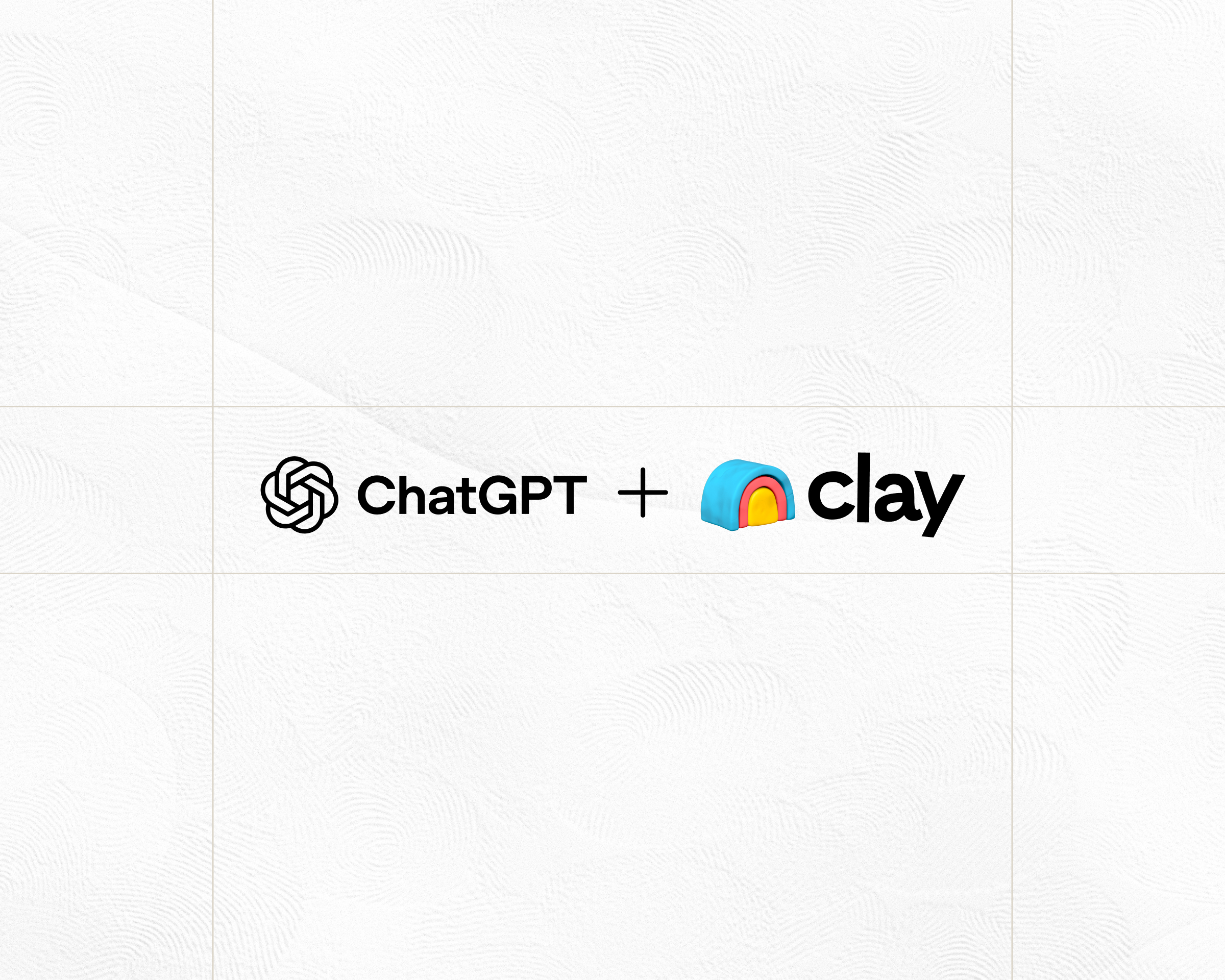
.jpg)
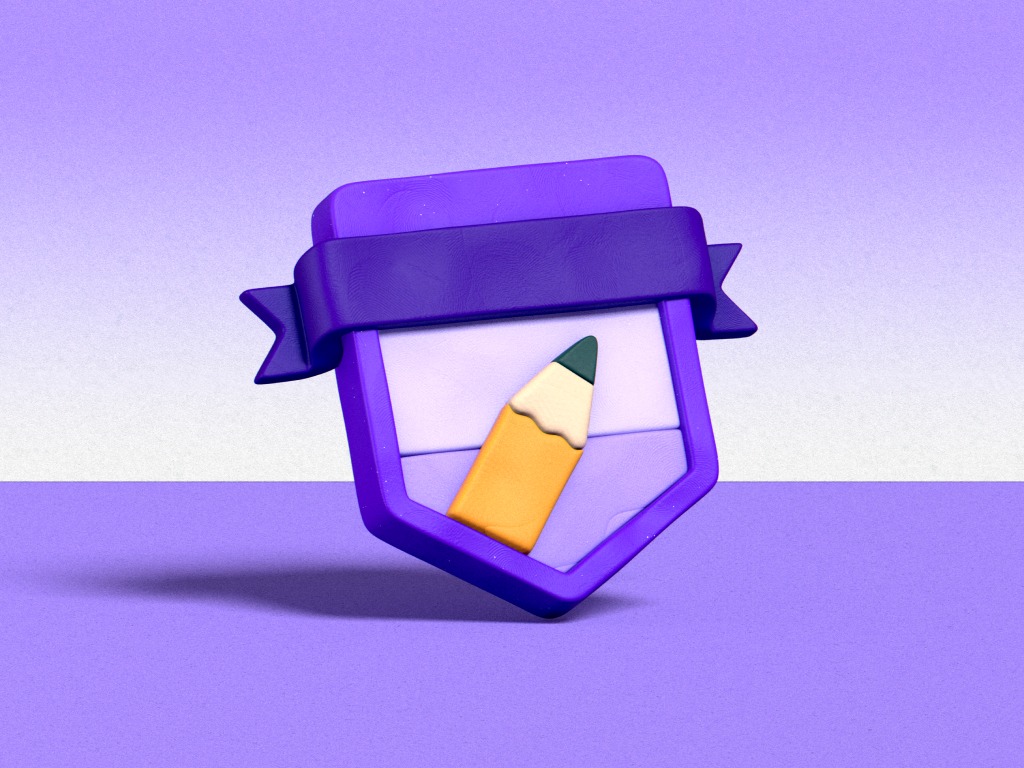



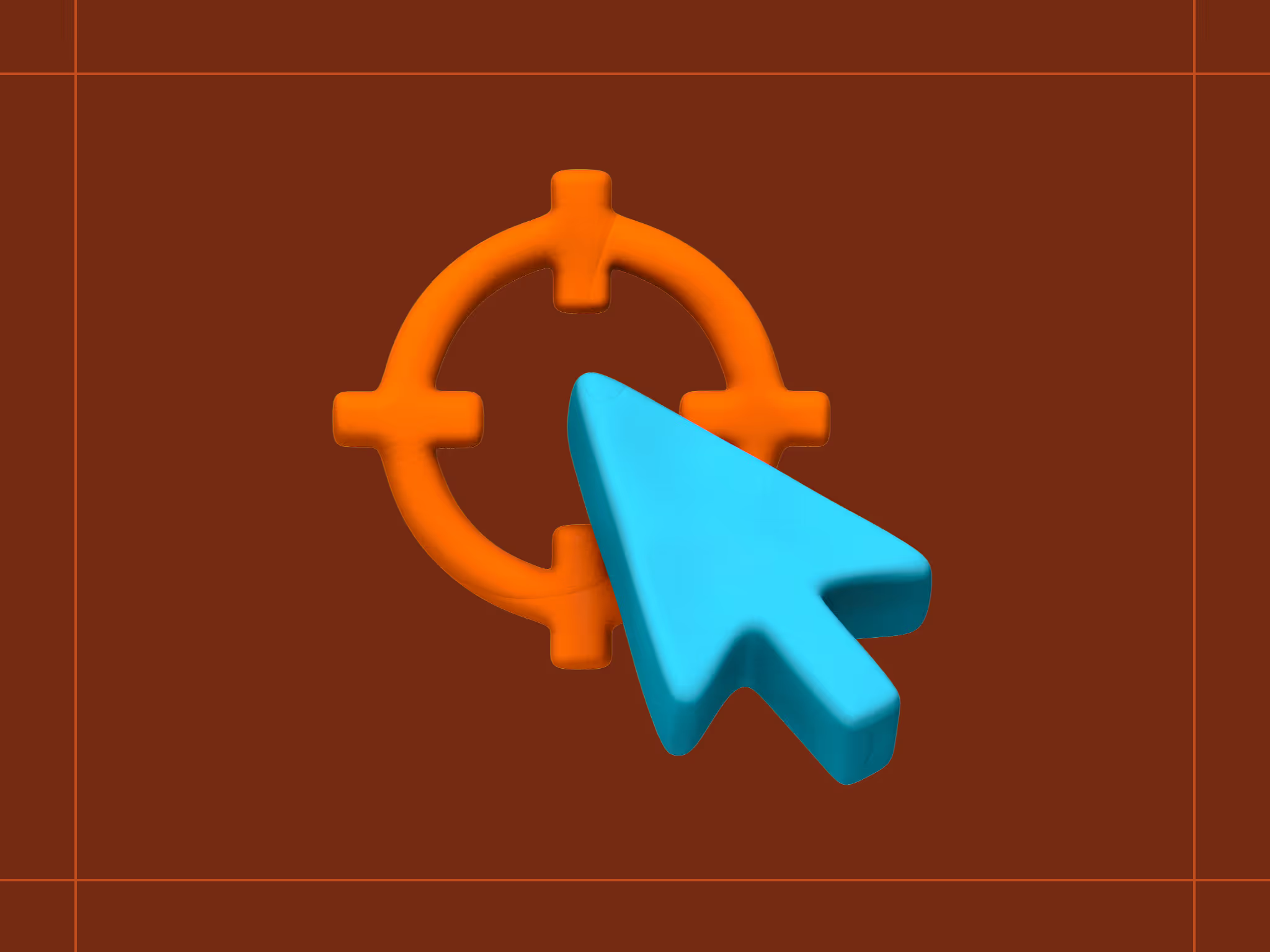
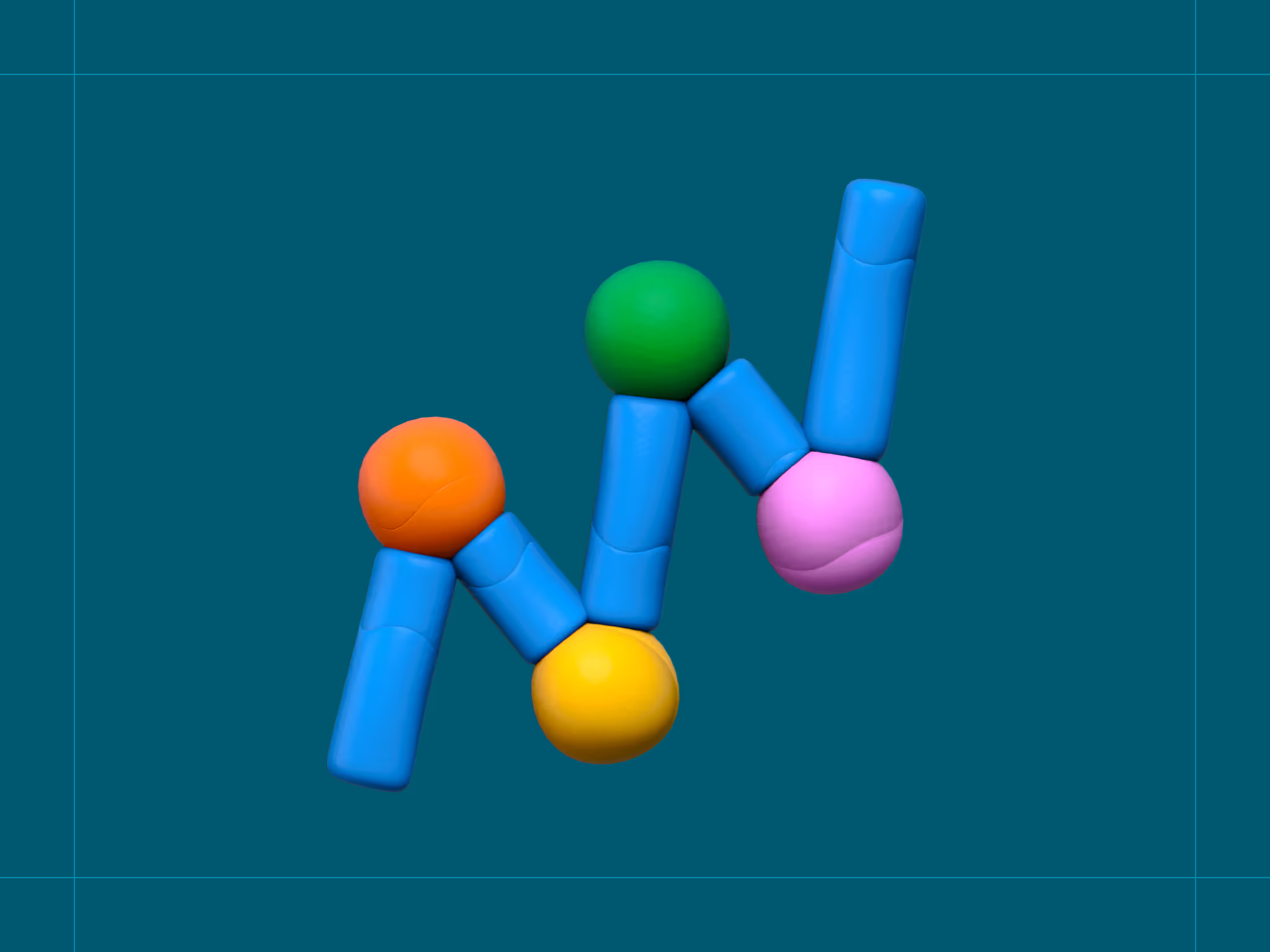
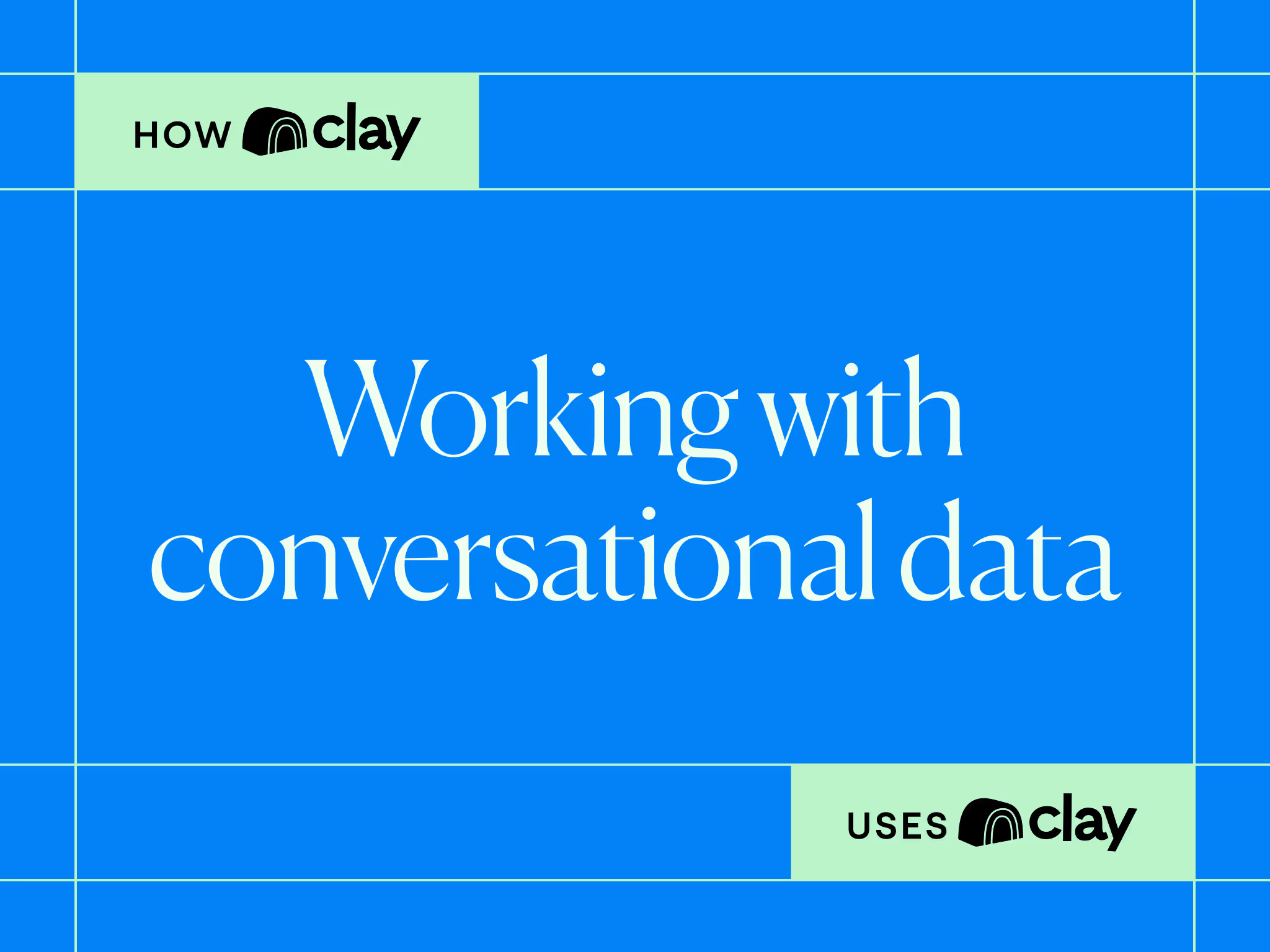
.avif)
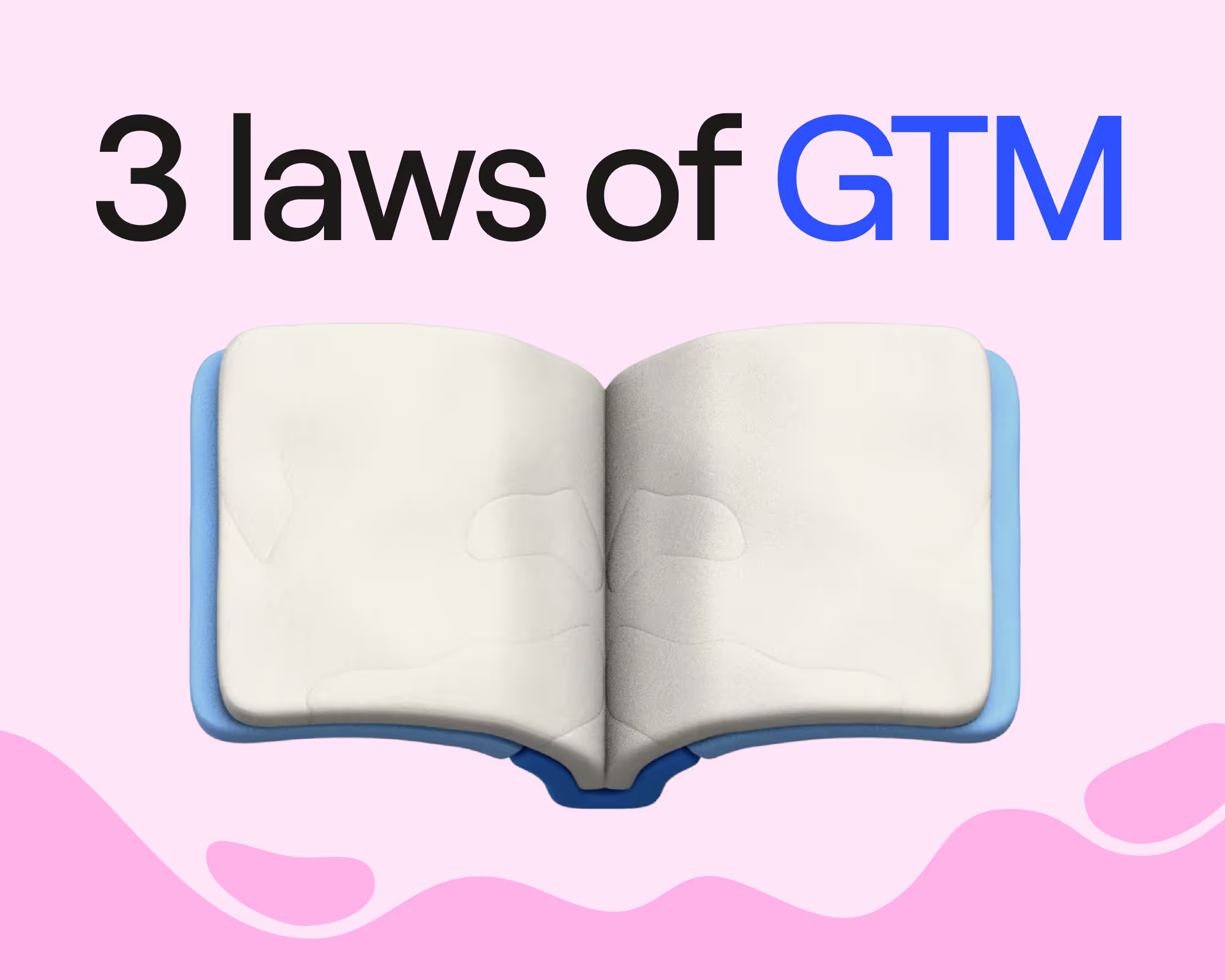
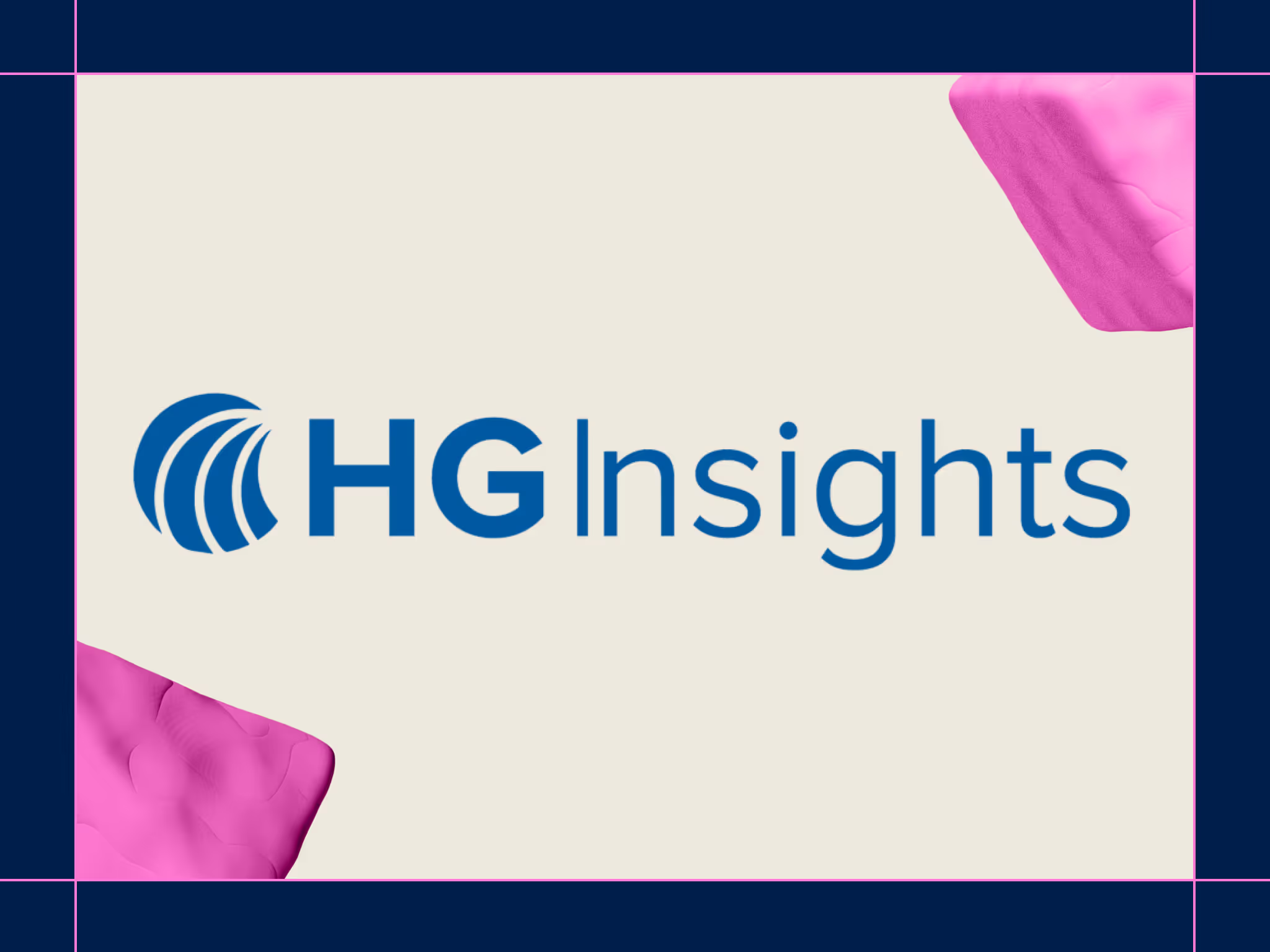
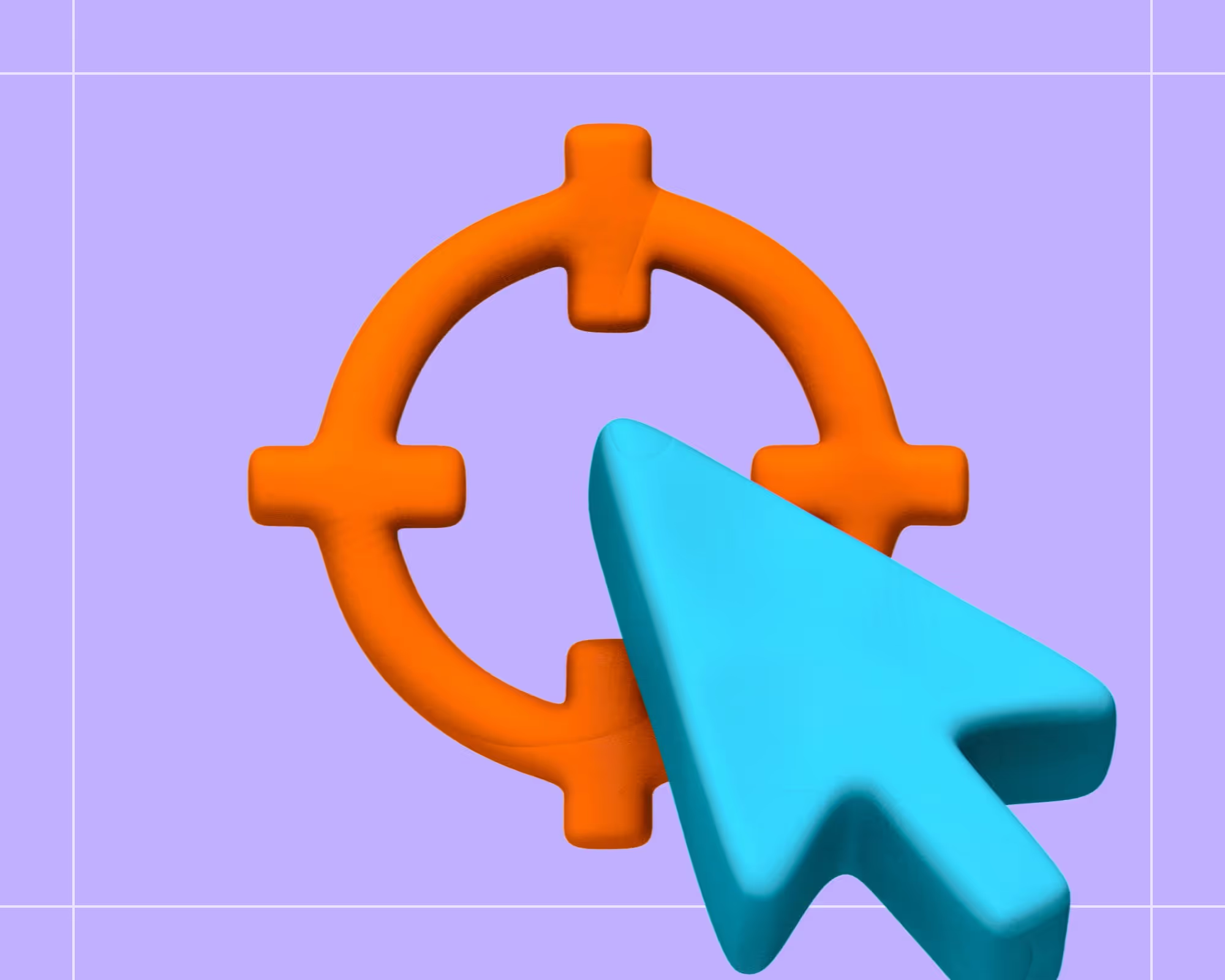


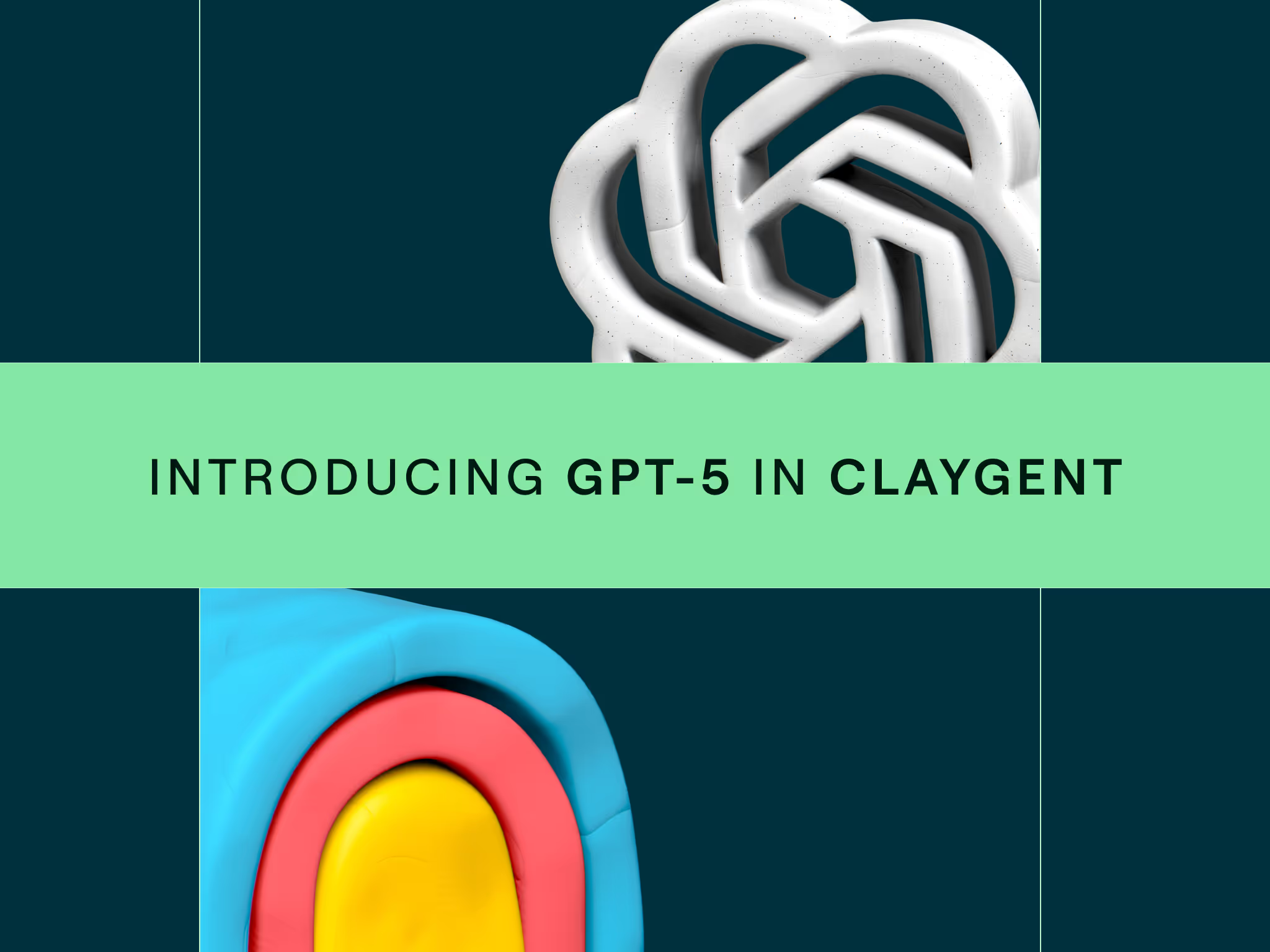




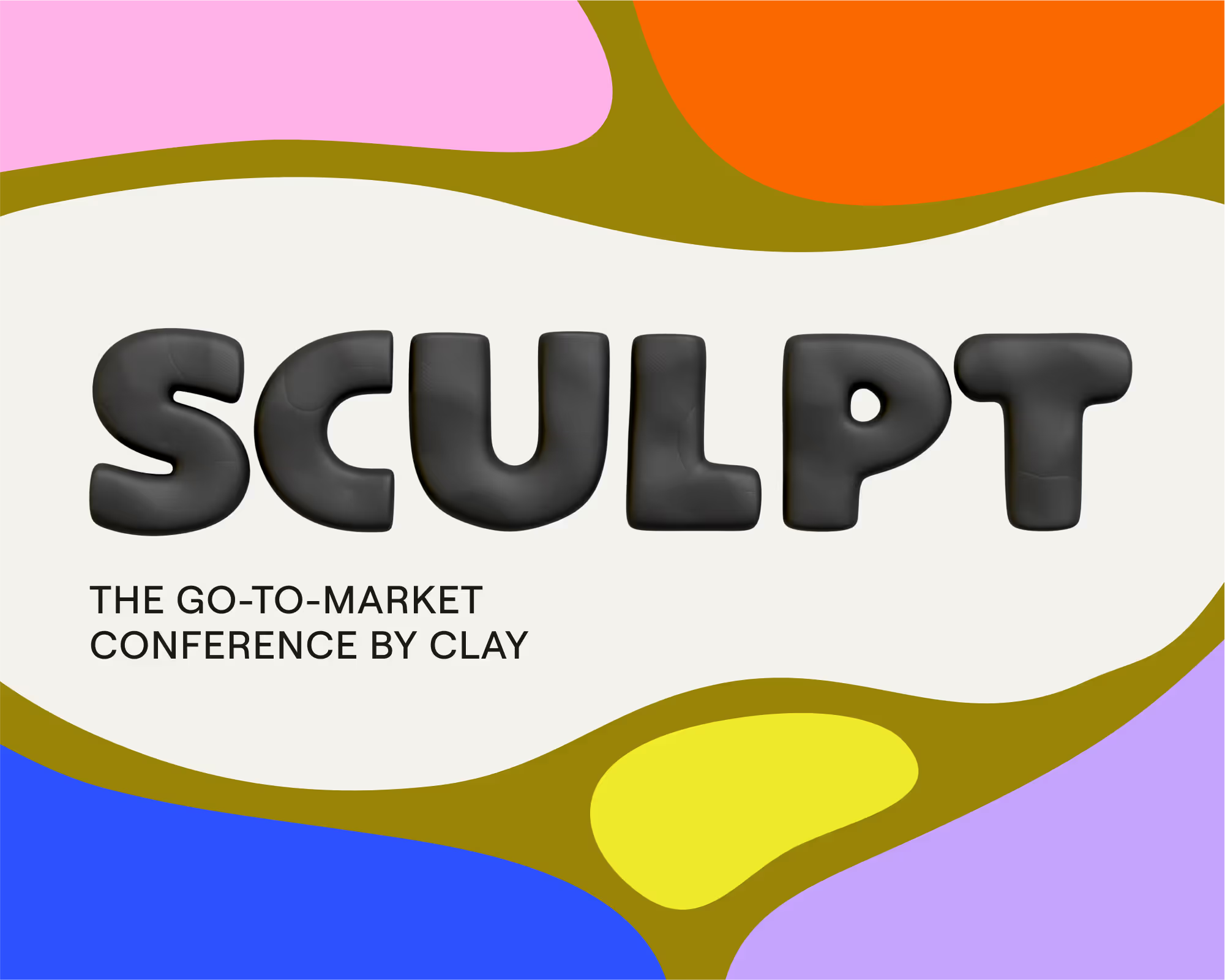
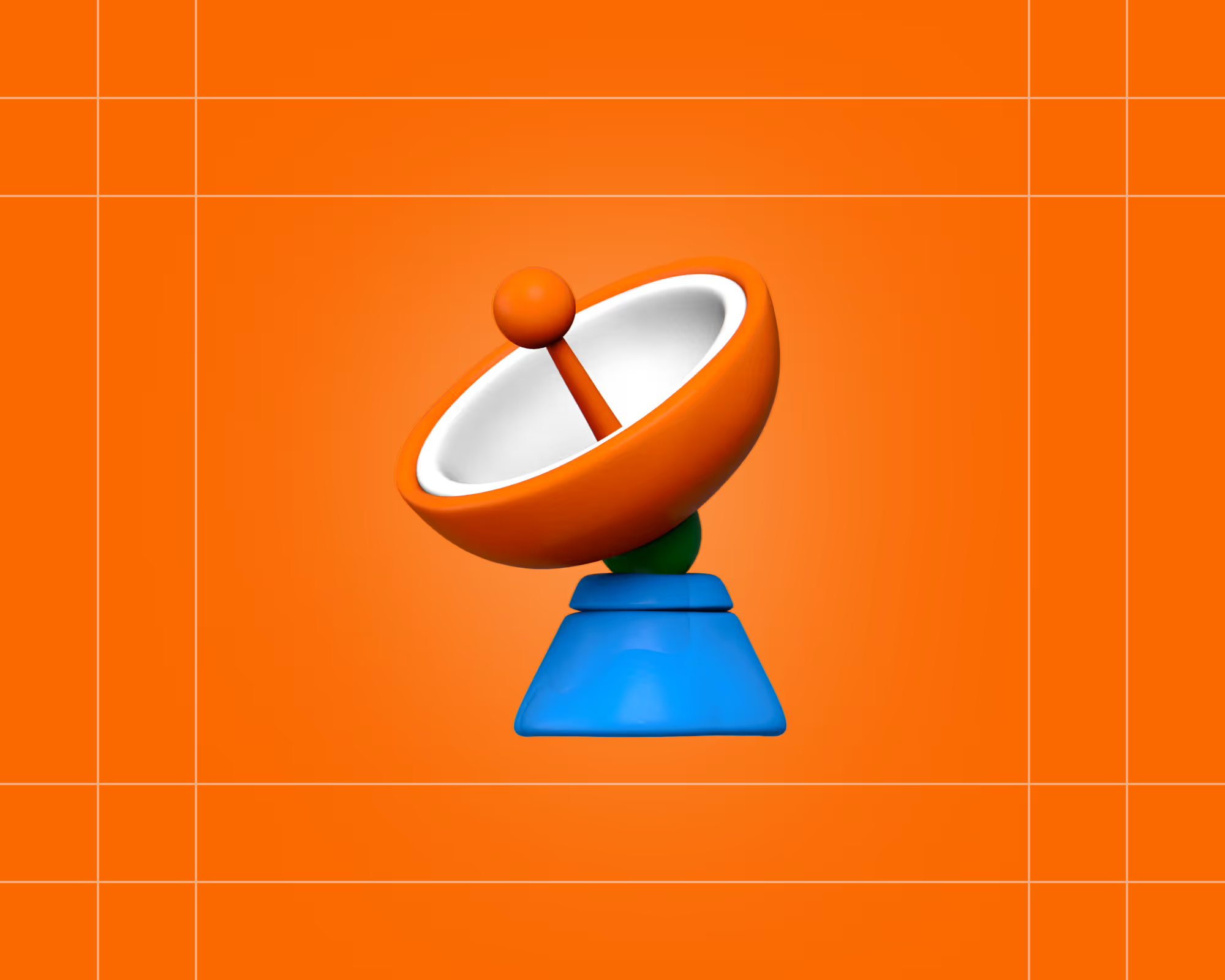

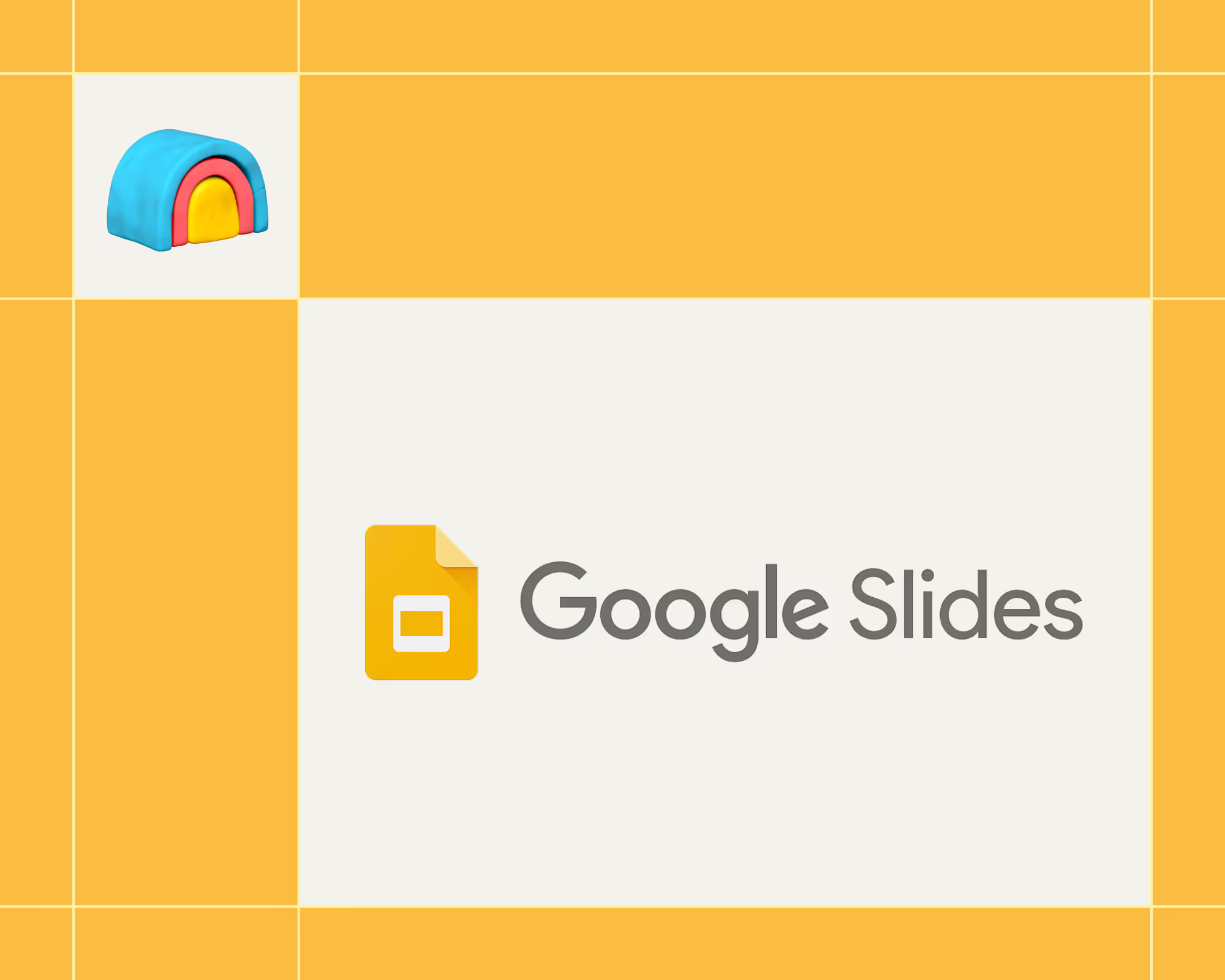
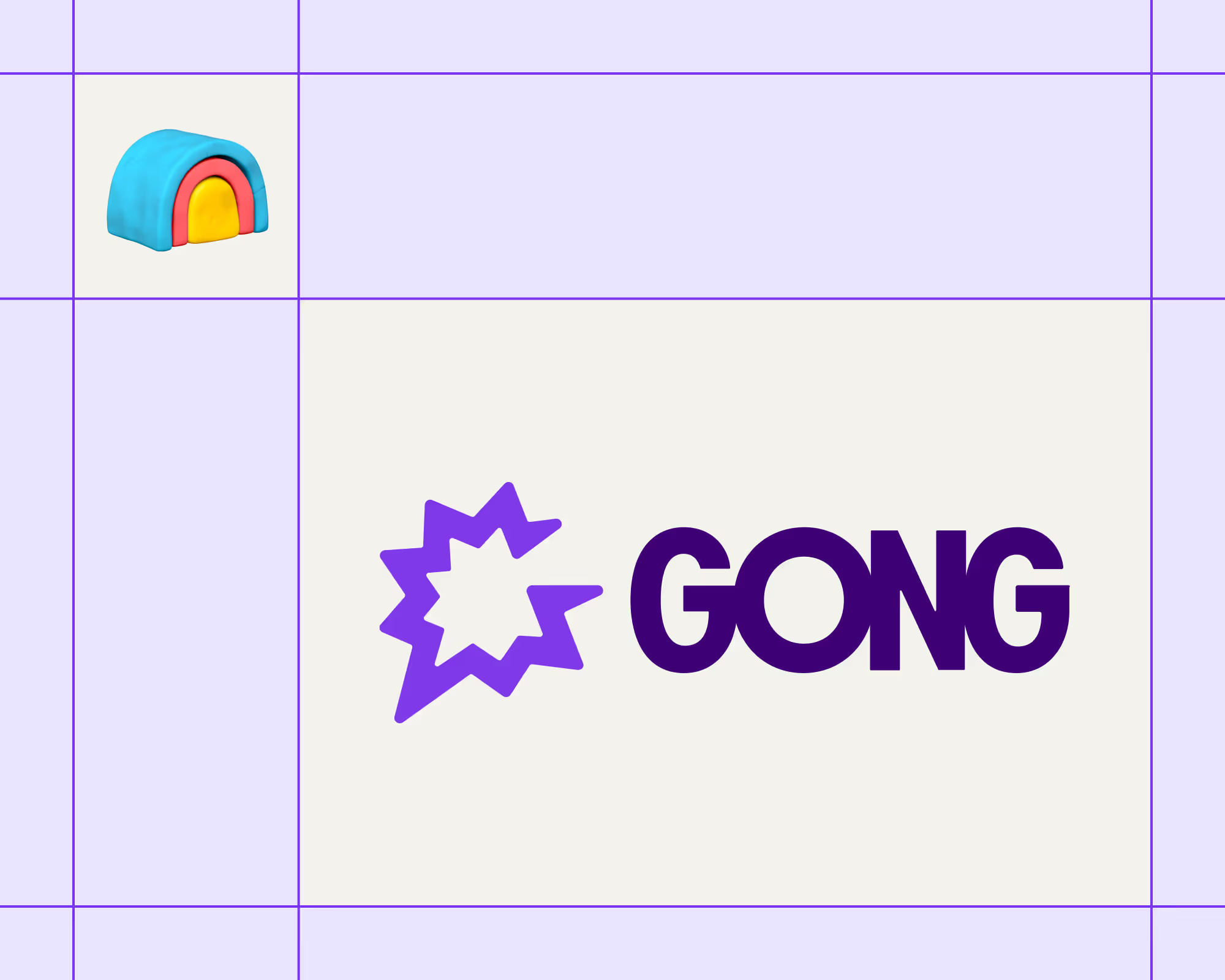

.avif)











.avif)
.avif)






















































